Costume design for "Ciné Bijou - Cocotte," 1953
Gouache, India ink, charcoal, and graphite on paper
53.7 x 41.5 cm
Provenance: Roland Petit and Zizi Jeanmaire Collection
Bibliography: Jeanmaire/Petit, un patrimoine pour la danse, Somogy 2007, page 124.
René Gruau's drawing style is unique (...).
His style has remained consistent since the beginning of his career, and will continue to do so.
Hubert de Givenchy
Paris, May 4, 1984
René Gruau was born in 1909 in Rimini to an Italian father and a French mother, who gave him his stage name. When his parents separated, he was forced to work to earn a living. He abandoned his plans to become an architect and began his career as a fashion illustrator in 1924. A self-taught artist, he took up fashion illustration at the age of 15, a pursuit he would dedicate himself to for several years: "For as long as I can remember, I've always had a pencil in my hand; drawing was a real obsession, it was also the only thing I knew how to do; so I tried my hand at illustrating stories and book covers, took the plunge, and went to show them to the editors of the magazines I knew."
Gruau settled in Paris in 1928 and began working for magazines such as Le Figaro and the hat magazine Marianne. During this time, he met the young Christian Dior, with whom he formed a close friendship. His collaborations with women's magazines multiplied: Gruau notably illustrated Vogue, Fémina, Marie-Claire, Silhouettes, and L’Officiel de la Couture. There, he designed, among others, models for Balenciaga, Fath, Piguet, Givenchy, Molyneux, and Rochas. For several years, René Gruau devoted himself to fashion illustration, inspired in particular by the creations of his two friends, Christian Dior and Jacques Fath. In 1947, he turned to advertising and created one of his first advertising illustrations for the perfume Miss Dior. Ten other perfume designs followed, including Diorama, Diorissimo, and Eau Sauvage.
Christian Dior gave Gruau free rein, allowing him complete artistic freedom in his advertising creations: the artist flourished. He thus devoted himself increasingly to advertising as fashion magazines began to feature photography more prominently. He created numerous campaigns in the fields of perfumery, fashion, and cosmetics, constantly reinventing French elegance. To achieve this, Gruau explains: “I sometimes make 30 sketches before arriving at the final drawing; first, fantasy sketches, then framing sketches, then I take a model and start sketching from the model… In short, it’s a very complex process.”
On this subject, Fabienne Falluel explains: “Her work begins with ‘primary sketches,’ research intended to establish the core idea. René Gruau describes this as ‘preliminary.’ He makes about ten sketches, either with a 6B pencil, the softest lead which allows for great flexibility, and therefore increased speed, or with charcoal, which he can then erase with his finger or rework. At this stage, both techniques, pencil and charcoal, are used equally. Then comes the ‘sketch from life’: the presence of a model allows him to solidify the movement, the form, and to visualize the basic idea.” This moment, according to René Gruau, is "intensely tense" and requires significant physical effort, necessitating a period of rest. These are most often black and white sketches. After the drawing is complete, René Gruau reveals: "I indulge my imagination." On drawing paper, sometimes Canson paper, but most often white, he begins the creation using India ink, gouache, or watercolor. The final stage only occurs after this long process and takes shape on heavy Canson paper or cardboard, becoming "the drawing," which is then reproduced in print.
In 1949, René Gruau created his first poster for Rouge Baiser, a lipstick developed by Paul Baudecroux in 1927. Subsequently, he explored the theme further and created several advertisements. In his drawings, he always evokes a refined woman, both elegant and sensual: “The sense of elegance, as we know, is meant to be lost,” says Patrick Mauriès, “and Gruau’s images always bear witness, in one of their aspects, to a lost world—a world that suits them so perfectly that they bear, as one might have said in the Middle Ages, its ‘signature.’”
His advertising drawings for Rouge Baiser perfume have become iconic. Gruau also created numerous advertising posters for perfumes and cosmetics by Balmain, Jacques Griffe, Lucien Lelong, Jacques Fath, Elizabeth Arden, Payot, Peggy Sage, and Givenchy. For several seasons, the artist was commissioned to create the campaigns for the legendary Parisian cabarets, the Lido and the Moulin Rouge.


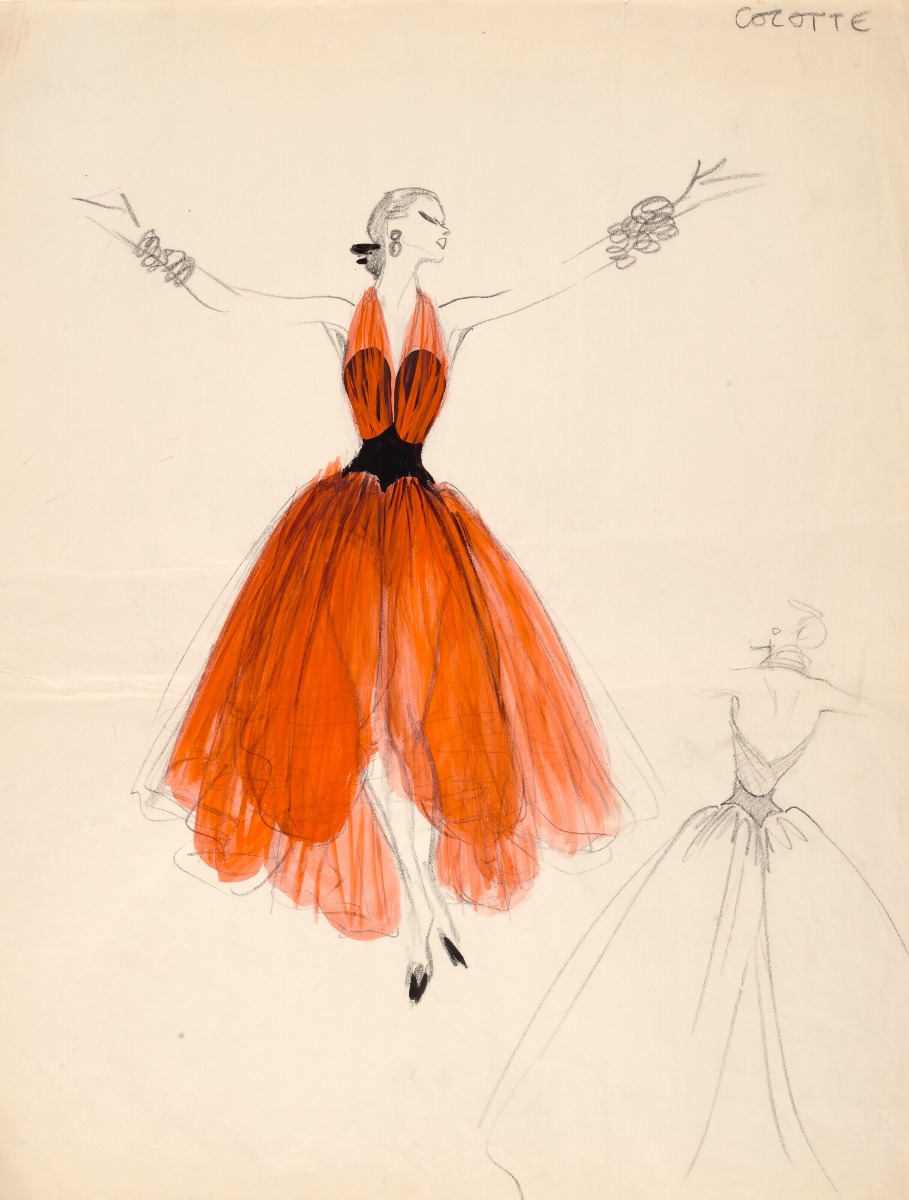






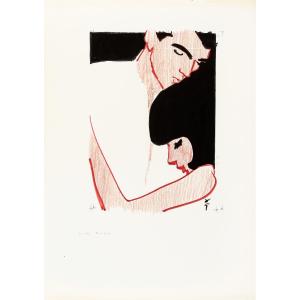
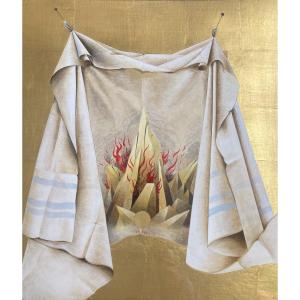





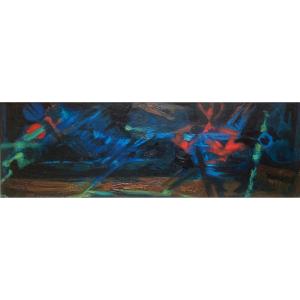
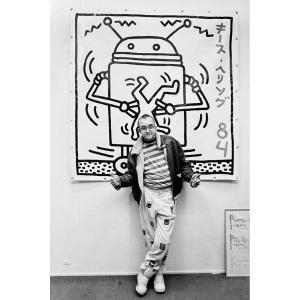

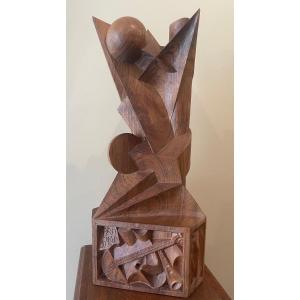





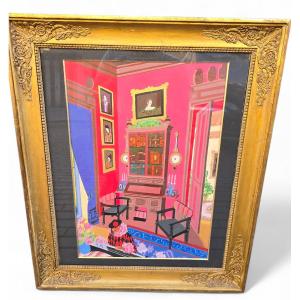





 Le Magazine de PROANTIC
Le Magazine de PROANTIC TRÉSORS Magazine
TRÉSORS Magazine Rivista Artiquariato
Rivista Artiquariato